Australian Tropical Rainforest Plants - Online edition
Hypoestes floribunda R.Br.
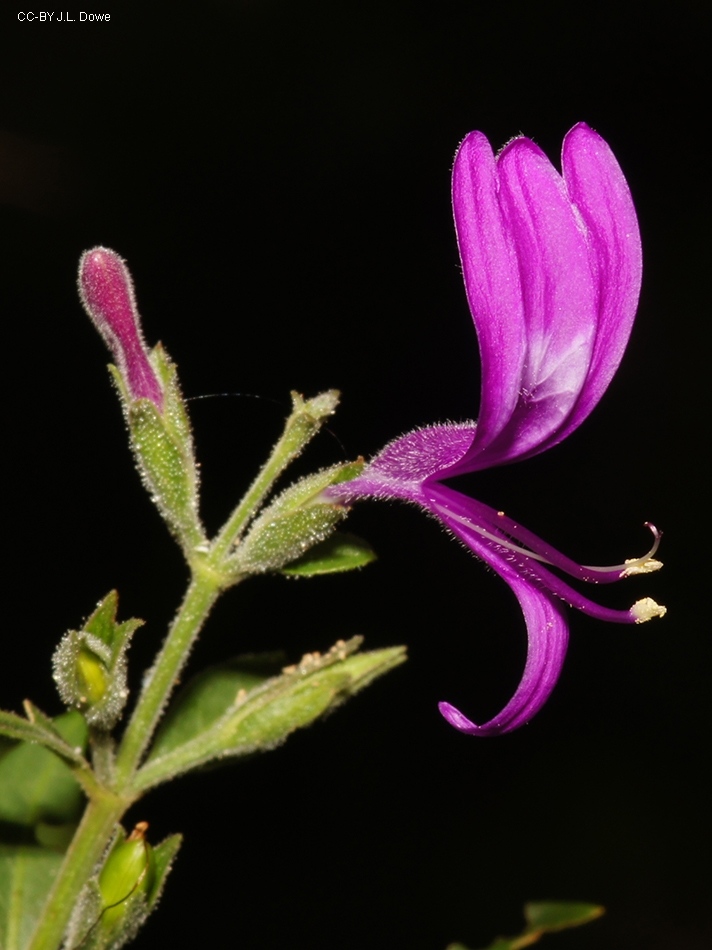
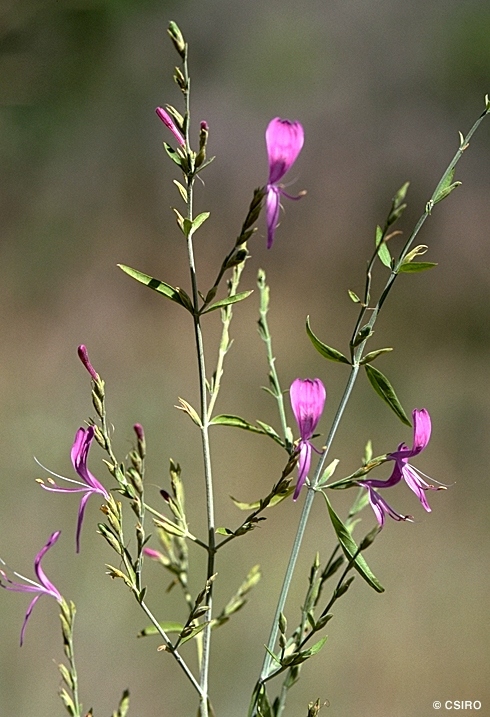
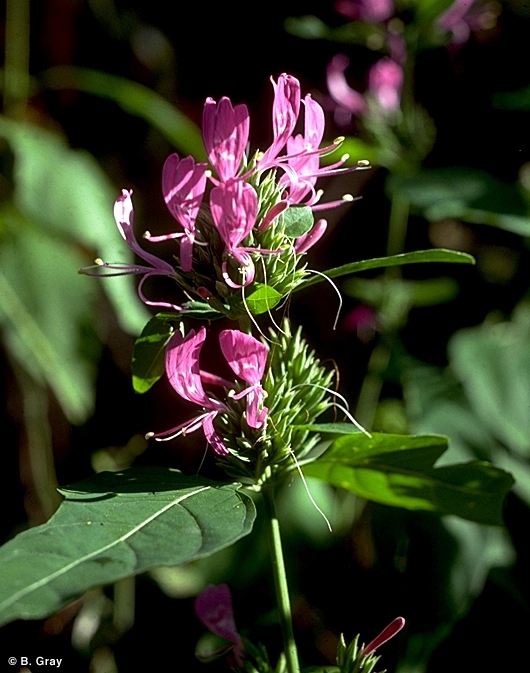

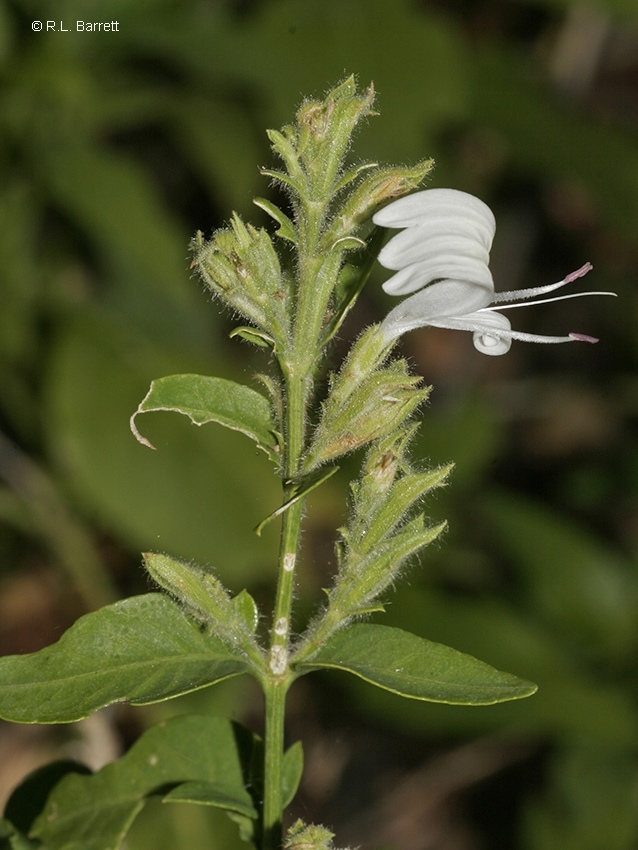
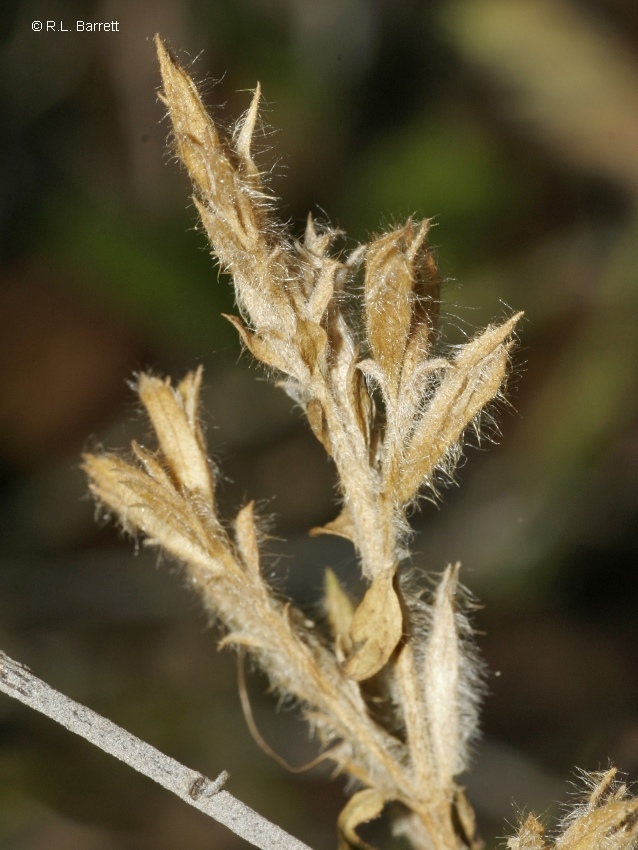
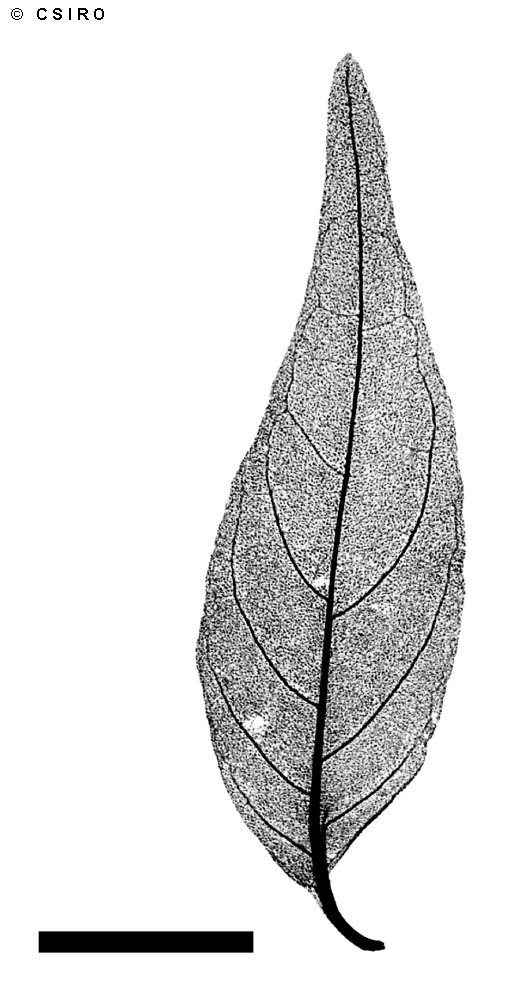
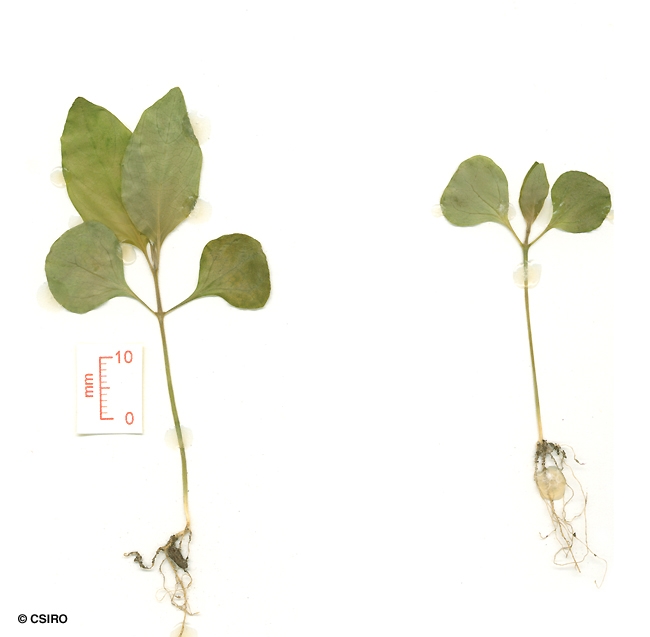

Brown, R. (1810) Prodromus Florae Novae Hollandiae : 474. Type: Queensland, Shoalwater Bay, Conical Pine Hill, 3 Sept. 1802, R. Brown 2949; lecto: BM; iso: BM, K, (MEL, BRI, G-DC. probable iso.).
Native Holly; Musk-scented Plant
Usually flowers and fruits as a herb or shrub up to about 1 m tall.
Calyx segments usually shorter than the inner bracts. Corolla tube about 5-10 mm long, upper lip 7-14 mm long. One lip of the corolla held at right angles to the main axis of the flower. Lips of the corolla reddish purple but the corolla tube +/- white. Staminal filaments pubescent at least in the basal half. Base of the ovary surrounded by a large lobed gland.
Calyx green, persisting at the base of the fruit but completely hidden by the bracts. Capsule narrow-oblong, clavate, about 9-12.5 mm long, approximating or extending beyond the involucre. Seeds confined to the upper half of the capsule. Seeds flat, patelliform, testa rugose. Cotyledons much wider than the radicle.
Cotyledons about 9-15 x 10-17 mm. Cotyledons +/- 3-veined and the outer veins loop around and rejoin the midrib near the apex. First pair of leaves opposite, leaf blades densely clothed in white prostrate hairs on the undersurface. At the tenth leaf stage: stem, petiole and leaf blade underside clothed in very short pale hairs. Stems swollen just above each pair of leaves. Seed germination time 33 to 80 days.
Endemic to Australia, occurs in WA, NT, CYP, NEQ, CEQ and southwards to north-eastern New South Wales. Altitudinal range from near sea level to 1000 m. Grows in a variety of forest types from brigalow scrub to frontal dune vegetation. When found in rain forests it is usually in the drier more open rain forests, monsoon forest and vine thickets.
Food plant for the larval stages of the Blue Argus Butterfly. Sankowsky & Nielsen (2000). Leaf and stem material of this species was active against some tumors. Collins et al. (1990). Several varieties are recognised.





